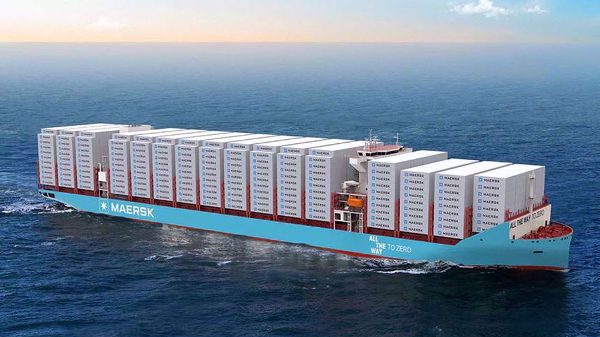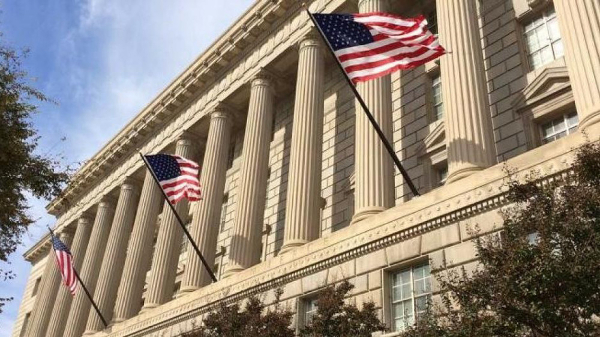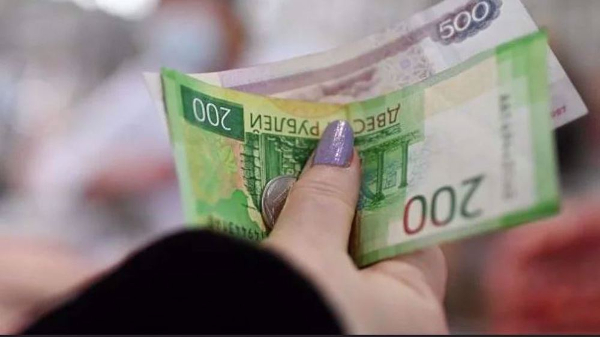According to a latest report by the World Bank, Afghanistan’s economic growth would rise to around 5% in 2015 and 2016.
The recovery would highly depend on the country’s security situation after the withdrawal of foreign troops from Afghanistan.
Sensitive political situation accompanied by the drastic cut in foreign aid weighed down the country’s economic growth, resulting in a sharp decline from 14.4% in 2012 to 3.6% in 2013.
The report adds that Depending on security and whether agriculture rebounds and mining output increases, Afghanistan could see growth recover in 2015 and 2016 to around five percent.
n its twice-a-year “South Asia Economic Focus”, the World Bank forecast that economic growth would rise to 5.8% in 2015 from 5.2% this year and 4.8% last year. South Asian countries – which include Afghanistan, Bangladesh, Bhutan, India, Maldives, Nepal, Pakistan, and Sri Lanka – appeared to have largely recovered from last year’s financial turmoil caused by changes in US Federal Reserve monetary policy. Many were rebuilding currency reserves while curbing current account deficits.
But these successes on the external side were accompanied by looming problems in the domestic economy. Economic growth could be held back by unstable banking sectors, inflation, fiscal deficits and debt, and persistent shortfalls in energy and transport infrastructure across the region.
The region’s largest economy, India, would see growth rise to 5.7% in fiscal year (FY) 2014 from 4.8% last fiscal year with activity receiving a boost from a more competitive exchange rate and many large investment projects going ahead. Pakistan’s economic growth could increase to 4% this fiscal year from 3.6% in FY2013 as its economy benefitted from a reduction in electricity blackouts, resilient remittance flows from Pakistani workers abroad, rebounding manufacturing exports and a more buoyant services sector. Nepal was recovering from a difficult year affected by setbacks in the agricultural sector and with its government budget. Helped by strong remittance flows boosting consumption and the services sector, the economy should grow by 4.5% in FY2014 after 3.6% in FY2013. Sri Lanka would continue to grow at 7.3% this year as the economy was sustained by new capacity from infrastructure investments and rebuilding after the country’s recent conflict.
Economic activities recovered in the second half of FY14 in Bangladesh, driven by resilient exports and domestic demand, following setbacks suffered in the first half due to political uncertainty and turmoil. A recovery in export growth and increases in public expenditure are likely to help achieve 5.4% GDP growth in FY14, slightly lower than last year’s 6%.
LINK: https://www.ansarpress.com/english/1731































 South Korea may punish Tesla
South Korea may punish Tesla 




